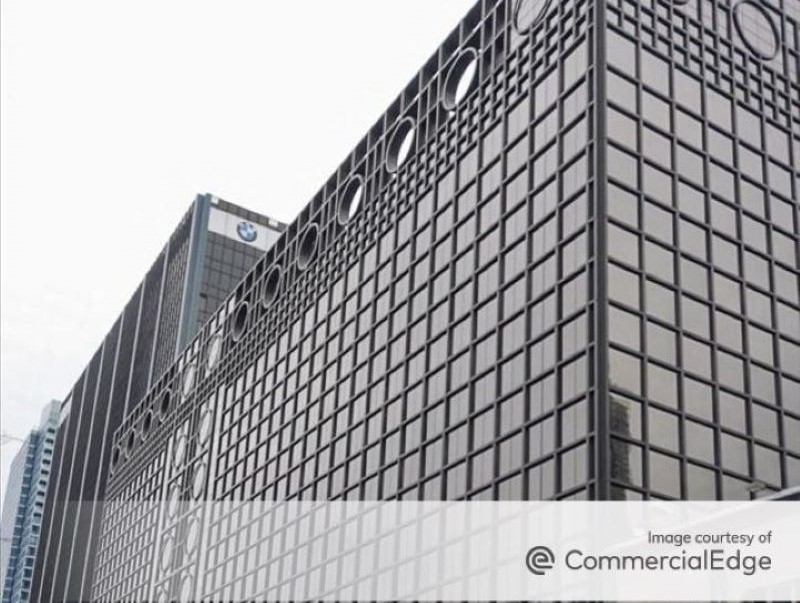Net Lease to Benefit From Several Green Shoots
Corporate and investment trends are converging to create a comeback, writes JLL's Alex Sharrin.

Despite low transaction volume across the commercial real estate industry last year, noticeable tailwinds have positively impacted net lease activity, and green shoots have emerged within the sector. Both real estate professionals and investors are forecasting stability and consistency on the horizon, and since January the proportion of single-tenant transactions is nearing pre-Covid levels. Moreover, as the air of uncertainty fades and pricing improves, more investors are considering offensive plays in the real estate sector.
A lower 10-year U.S. Treasury yield, the anticipation of interest rate cuts, perhaps in the second quarter, and an overall feeling that we’ve hit rock bottom are among the contributing factors to the growing optimism across the net lease market.
Additionally, elevated debt costs continue to drive corporations to seek alternative financing sources, thereby boosting corporate capital markets activity. This provides an opportunity to realign assets during changing market conditions, minimize portfolio risk and explore the sale/leaseback market as an alternative financing source for debt repayment or funding expansion projects.
Tenants are active again
Over the past five or six years, sale/leaseback volume was between 15 and 20 percent of the overall net lease market. Last year, it nearly doubled to roughly 30 percent as debt markets, corporate occupiers and private equity firms searched for creative financing opportunities.
In terms of single-tenant net lease liquidity by buyer type, private buyers made up about 45 percent of the groups investing in net lease real estate in 2023, a significant increase over the past five years. In addition, private buyers and ultra-high-net-worth families are gaining market share across every asset type.
The rebound of the net lease market is also supported by the increasing strength of property-level fundamentals. The office sector is experiencing an increase in tenant leasing activity, which is expected to reach mid-2022 levels, as more companies enforce “return-to-office” policies. At the beginning of February, 91 percent of Fortune 100 employees are subject to either hybrid or fully in-office policies. Simultaneously, the retail sector is exhibiting favorable fundamentals with a national vacancy rate of around five percent as consumer spending continues to grow.
Investor focus is shifting
In addition, the overall net lease sector has undergone a recent shift in focus. The market sits in the nexus of real estate and credit, with 50 percent of the underwriting typically focused on credit and 50 percent on the intrinsic real estate. Looking back at 2021 and 2022, the bell curve of net leasing investing was heavily weighted towards credit. Today, the bell curve has flipped, and the net lease market is more weighted towards real estate, with the number one question lenders are asking being, “Can you please substantiate go-dark value and residual?”
Top of Form
Although the single-tenant net lease space and the overall commercial real estate industry experienced a challenging year with declining transactions in 2023, there is ample support for optimism amongst the real estate investment community as the debt capital markets stabilize and remain liquid.
Furthermore, if the Federal Reserve follows through with anticipated interest rate cuts in the second quarter, cap rates are likely to compress, providing investors the opportunity to leverage deals at positive levels and alleviate their fears of further uncertainty. This will also contribute to an overall improvement in pricing.
In addition, although election years typically bring increased transaction activity, the disparity between 2024 and non-election years is not expected to be drastic.
Alex Sharrin is senior managing director, corporate capital markets & single-tenant net lease leader, JLL.







You must be logged in to post a comment.